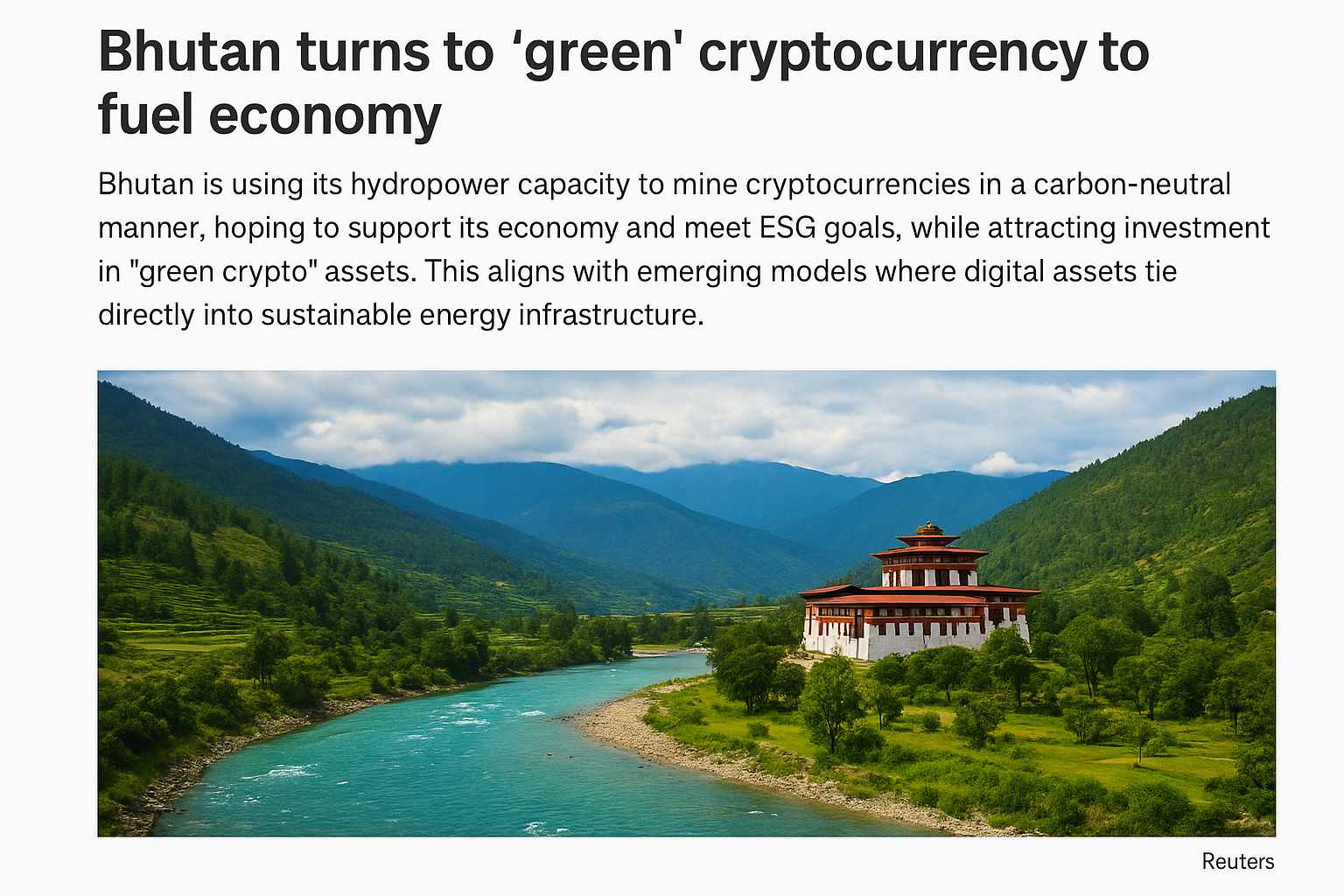In a financial world long known for its caution and conservatism, a quiet revolution is underway. Michelle Neal, CEO of Fnality International, recently emphasized that “banks are open to blockchain,” a shift that could fundamentally reshape how global financial systems operate.
Fnality, backed by heavyweights like Goldman Sachs and UBS, is leading this transition by providing blockchain-based payment infrastructure designed to streamline settlement processes between financial institutions. The allure? Real-time, 24/7 payments with reduced counterparty risk — features traditional systems simply can’t match.
Why Now?
Historically, financial institutions have been skeptical of blockchain, often associating it solely with volatile crypto assets. But that perception is evolving. As regulatory clarity improves and real-world use cases emerge, the utility of blockchain for institutional finance is becoming undeniable. From clearing and settlement to cross-border payments, blockchain offers speed, efficiency, and transparency.
Fnality’s vision revolves around a network of digital cash systems that interconnect with existing financial frameworks. This allows banks to reap the benefits of decentralization without sacrificing regulatory compliance or operational familiarity. Their proposed USD launch in early 2026 would mark a major step toward global implementation.
What This Means for the Future
Neal’s remarks are more than just optimism — they’re a signal that the financial sector is ready to integrate blockchain not just as a tool, but as a foundational layer. This movement also supports the broader trend of real-world asset tokenization, including tokenized investment funds and digital ownership.
As Fnality expands and more institutions jump on board, the fusion of blockchain and traditional finance may finally leave the conceptual stage and enter the mainstream.
In short: blockchain isn’t just for crypto traders anymore. It’s becoming core infrastructure for tomorrow’s financial system.




